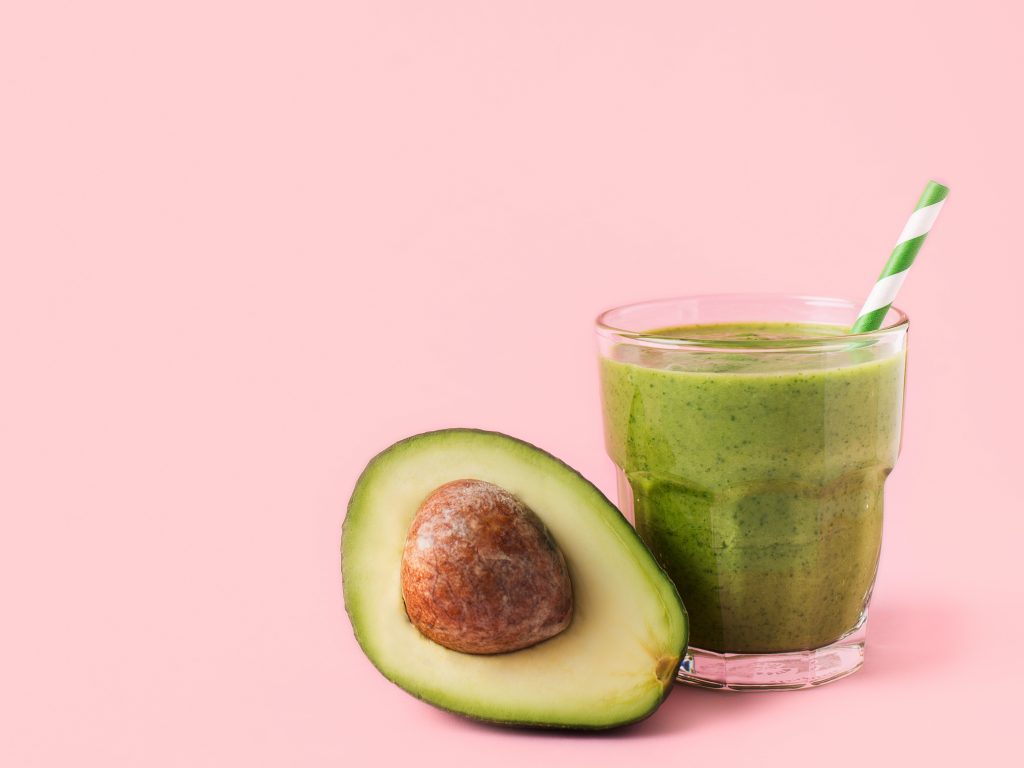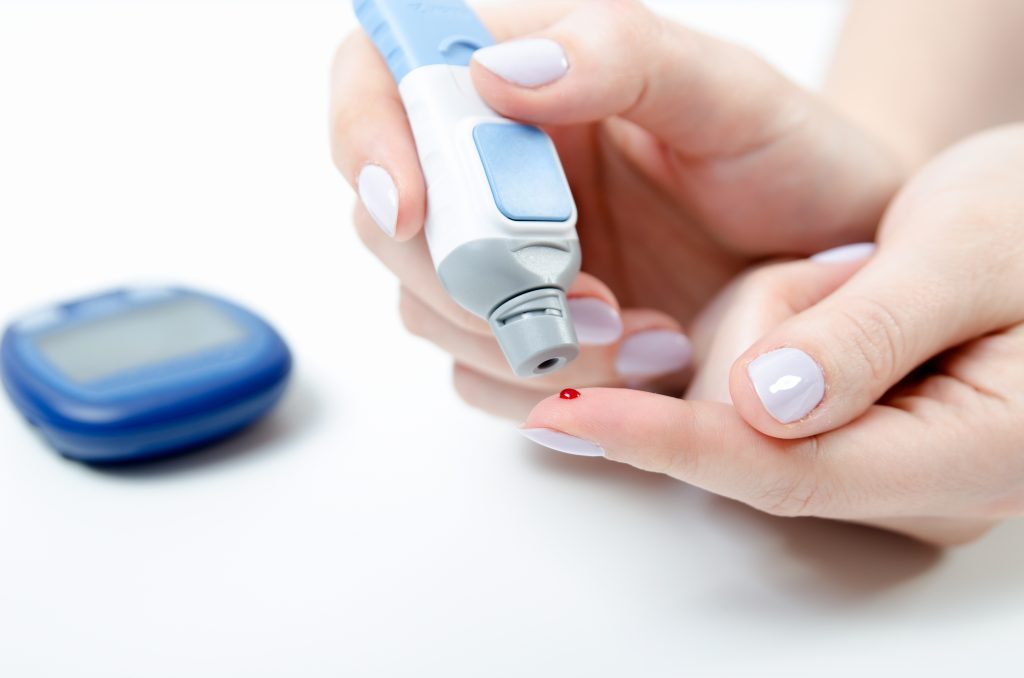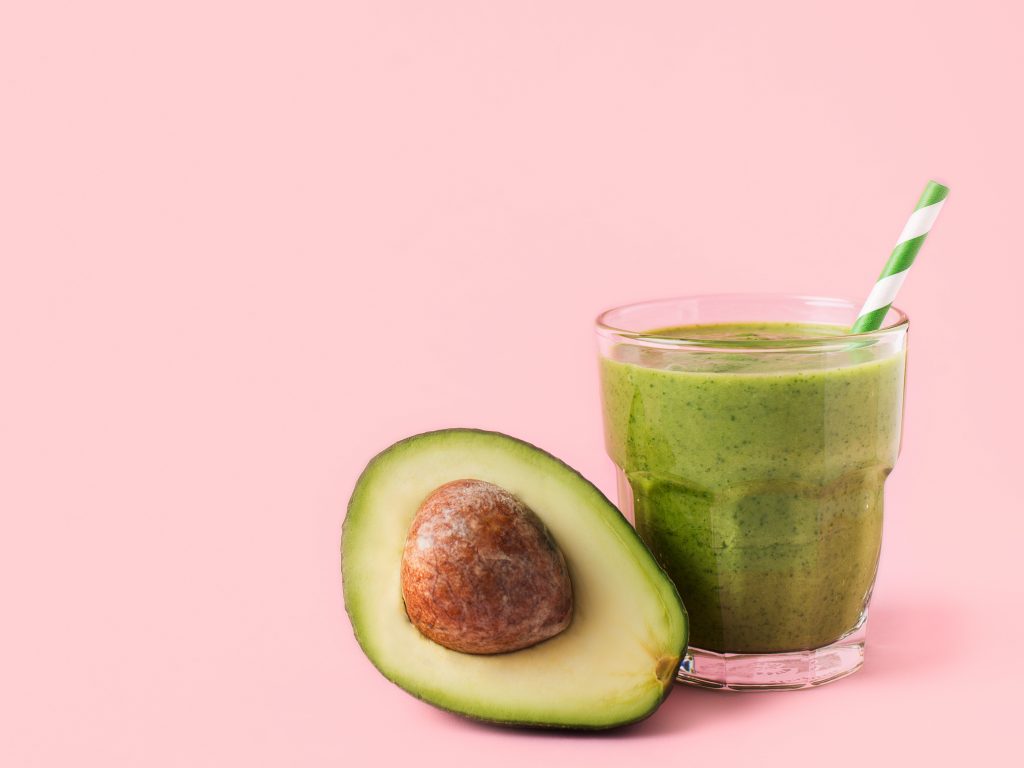The Fasting Mimicking Diet
April 21, 2019 By Sarah WhiteNo Comments

The Fasting Mimicking Diet: Your how-to guide to the only diet proven to reverse aging, diabetes & autoimmune disease.
The fast mimicking diet, popularized by the Longevity Institute, is a modified fast that has been proven to improve longevity and possibly even reset the immune system in autoimmune disease. The FMD is a five-day diet that is low in carbohydrates, protein and calories. Total calorie consumption is lowered to around 40% of your normal intake and most of your calories come in the form of healthy fats. While long-term calorie restrictionand fasting can be harmful, research shows that FMD it’s just as effective as traditional fasts while being much safer and easier to follow.
Fat-fasting diets like the fasting mimicking diet initiate a process called autophagy, which literally translates to cellular-eating. Autophagy is the body’s self-cleaning system, allowing you to clear out old and damaged cells. This cellular process is linked with longer life, improved cancer surveillance and a regulated immune system. When you adhere to this high fat & low-calorie diet for 5 days you can suppress the activation of a protein & carbohydrate metabolism pathway called m-Tor. Only when this pathway is suppressed can your body use all the resources normally tied up in metabolism & digestion to instead clear out old cells and regenerate your immune system. Research shows that the FMD is a successful strategy for treating weight loss & diabetes and reversing aging & autoimmune disease. It should be done for 5 days monthly for 3 months, then results can be maintained 5 days, once every 3 months.
What the research shows:
- Activation of autophagy pathways to slow the aging process.
- Reduction in blood glucose levels along with a significant increase in ketones and weight loss.
- 25%+ reduction in circulating Insulin Growth Factor-1 (IGF-1)
- Reduction in inflammatory markers associated with disease and aging, including ESR & CRP.
- Positive changes in cholesterol and triglyceride levels
- Reduction in body weight: Reduction in bodyfat by 0.5%+ sustained for at least 1 week following FMD with no immediate bounce-back (long term studies show only 50% of weight is gained back if patients resume the standard American diet – this is better than we’ve seen with any other diet studied thus far).
- Reversal in type 2 diabetes
- Reversal of autoimmune disease (specifically studied in MS & Parkinson’s)
How to Get Started:
The macronutrient breakdown for a traditional fast mimicking diet is 34% carbs, 10% protein, and 56% fat for the first day and 47% carbs, 9% protein, and 44% fat for the remaining days. Coffee and tea are allowed as long as they don’t contain sugar or cream. Start by downloading ‘My Fitness Pal’ or ‘Carb Manager’ to monitor macronutrient levels through your 5-day FMD:
Example macronutrient breakdown for a 150 lb person:
- Day 1 Macros: 4.5–7 kcal/lb of body weight = 7 kcal x 150 lbs = 1050 kcal daily
- 10% protein
- 56% fat
- 34% carbs
- Day 2 Macros: 3–5 kcal/lb of body weight: 5 kcal x 150lbs = 750k cal daily
- 9% protein
- 44% fat
- 47% carbs
How to Monitor Your FMD:
Your first FMD should always be done under the supervision of a doctor. Your ND or MD will take your blood pressure throughout your fast and monitor key blood levels before and after your FMD. I like to measure my patient’s blood sugar and inflammatory markers before, during and after a 5-day FMD to monitor their progress. The following tools can be used at home as a complementary way to monitor your FMD:
- Urinary ketone testing: The goal of the FMD is to put your body into a state of ketosis which will activate your innate autophagy pathways. Urinary testing strips should show anywhere from mild to moderate ketone levels throughout your FMD.
- Blood glucose and ketone testing: Kits can be purchased from your pharmacy for around $50. I personally use the Free Style Neo, which can be purchased online.
- Ketone reference values:
- Nutritional ketosis = 0.5–1.5 mmol/L
- Optimal ketosis = 1.5–3 mmol/L
- Ketone reference values:

FMD-Supportive Supplements:
- Electrolyte powder: The ketone bodies processed through modified fasts like the FMD act like diuretics, which means they can cause your body to expel more water than normal. Electrolytes like magnesium, potassium and sodium are important to replenish any loss through the diuretic effects of ketones so I recommend adding 1 – 2 scoops electrolyte powder to your water daily.
- Sugar-free greens powder: A clean, sugar-free greens powder can be used to ensure that you meet your daily micronutrient requirements while on a short-term calorie restricted diet.
- Omega 3 fatty acids: PUFAs from Omega 3 supplements can help you get into ketosis more quickly. Look for a 3rdparty tested, high quality fish oil to avoid rancidity & heavy metals. Your EPA:DHA ratio should also be around 3:1.
- Acetyl-L-carnitine: This nutrient has been shown to improve the uptake of fatty acids into the mitochondria where it can used as a fuel source.
- MCT oil: Exogenous ketones are a great way to quicken ketogenesis and sustain energy while ‘fasting’. Make sure that you factor the fat calories from MCT oil into your daily macronutrient requirements.
- Bergamot oil: Bergamot is a well-studied autophagy activator. I often include bergamot supplements in many of my patient’s intermittent fasting and anti-aging protocols to improve outcomes.

FMD Meal Options:
I’ve tried to make this as easy as possible for you to follow. Simply pick 2 meals from the following list to eat each day. Mix and match the recipes and the number of servings needed to meet your daily calorie and macronutrient goals as calculated in the above section:
- No-cook option: this is a good option for the ‘lazy’ fasters out there, or those of you with tremendous willpower: In the morning simply eat 1 large avocado drizzled with olive oil with a side of kimchi + 2 scoops greens powder (see above), repeat this same meal for dinner.
- Banana Pancakes: [3 servings] 3 bananas, 2 tbs coconut oil or MCT oil, 3 tbs flax seeds + 6 tbs water (let sit for 20 minutes to make a ‘flax egg’), 1 tsp cinnamon – serving = 2 pancakes recipe makes 3 servings.
- 295 cals, 4g protein, 32g carbs, 12g fat
- Salmon, cucumber and avocado tartar: [3 servings] 1 cucumber chopped + 1 avocado chopped, 1 tsp ACV, ½ tsp sea salt, 1 portion sushi-grade salmon chopped, nori flakes + salt & pepper to taste.
- 250 cals, 2.4 protein, 15 carb, 25 fat
- Chia pudding: [4 servings] 1 can light coconut milk (well mixed), ½ cup chia seeds, ¼ tsp stevia/monk fruit (optional), 1 cup blueberries: mix everything together and let sit for at least 20 minutes.
- 300 cals, 6g protein, 18g carbs, 25g fat
- Curried cauliflower soup: [3 servings] 2 tbsp coconut oil, 1 onion chopped, 1 large head of cauliflower cut into florets, 2 cloves garlic chopped, 3 cups chicken bone broth, 1 can full-fat coconut milk, 1tbs curry + 1tbs turmeric, salt + pepper to taste. Preheat oven to 375 and cook the onion and cauliflower for 20 minutes, put the garlic in a pot with the coconut oil and cook until golden brown, add the vegetables, spices, broth and water and let simmer for 10 minutes, remove from heat add the coconut milk and blend with an immersion blender.
- 280cal, 10g protein, 26g carbs, 20g fat
- Pumpkin Spice Muffins: [serving = 2 muffins] ¾ cup coconut oil, 1 cup pumpkin puree, 1/2 cup almond flour, 2 tbs coconut flour, 6 tbs flax seeds + 12 tbs water, 2 eggs, 2 tbs maple syrup, 1 tbs cinnamon, 1 tsp nutmeg, 1 tsp baking soda. Mix well and bake into 12 cups for 30 minutes at 350F.
- 170cals, 7g protein, 25g carbs, 20g fat.
- FMD Smoothie: [1 serving] 1 cup strawberries, 1 handful spinach, 1 cup unsweetened coconut milk (from a cart, not the type in a can), 1 tbs MCT oil, 1 tbs chia seeds.
- 1 serving = 293 cals, 4g protein, 19g carbs, 22g fat
- Olive tapenade with endive: [4 servings] 1 cup pitted Kalamata olives, 2 tbs sundried tomatoes, 2 tbs olive oil, 2 cloves garlic, salt + pepper. Mix everything in a food processor until well incorporated, serve on top of fresh endive leaves.
- 160 cals, 1.25g protein, 7g carbs, 20g fat.
- Food options to meet fat macros:
- Avocado – ½ medium (6g carbs, 10.5g fat, 1.5g protein)
- Walnuts – ¼ cup (4g carbs, 20g fat, 5g protein)
- MCT oil – 1 tbs (0g carbs, 14.2g fat, 0g protein)
- Olives – 15 olives (3g carbs, 7.5g fat, 0g protein)

If you’re new to fasting you should only attempt a fasting mimicking diet under the supervision of your naturopathic doctor or other primary care doctor. If you live in the GTA and want to developed your own personalized fasting / anti-aging or autoimmune protocol you’re welcome to book in for an initial consultation or contact me via my website for additional information.
If you’d like to work together and you’re not a resident of Ontario*, or you’d prefer an online consultation you can book online with Dr. Sarah here.
References:
- https://www.ncbi.nlm.nih.gov/pubmed/30909557
- https://www.ncbi.nlm.nih.gov/pubmed/30840892
- https://www.ncbi.nlm.nih.gov/pubmed/30617039
- https://www.ncbi.nlm.nih.gov/pubmed/30479647
- https://www.ncbi.nlm.nih.gov/pubmed/30050669
This information is not intended as a substitute for the advice provided by your Naturopathic doctor or primary care physician. Do not use the information in this document for diagnosing or treating a health problem or disease. Always speak with your Naturopathic doctor before taking any medication or nutritional or herbal or using any treatment for a health problem. If you have or suspect that you have a medical problem, contact your health care provider promptly. Do not disregard professional medical advice or delay in seeking professional advice because of something you have read online.
COMMENTS
Leave a Reply
This site uses Akismet to reduce spam. Learn how your comment data is processed.
Mauren Meneses says
MAY 13, 2021 AT 8:15 AM
Hormonal issues and nutritional help
Reply